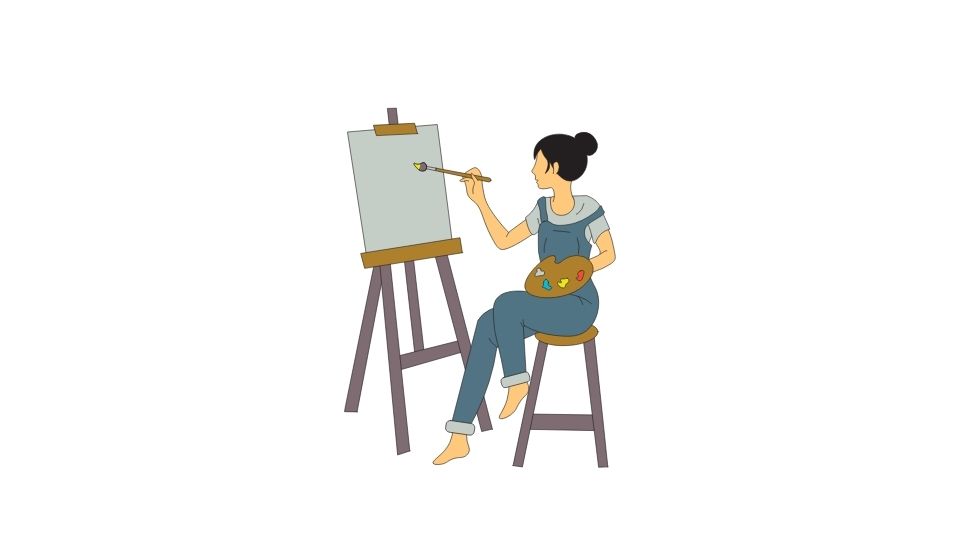Ever looked at a painting and your eyes went straight to one spot? That’s no accident.
Artists are masterminds of visual manipulation, using elements like color, line, and texture to make you look exactly where they want you to. Let’s break down how they pull off this mind control

How Artists Create Focal Points Using Elements of Art
You know how when someone walks into a room wearing a bright red dress while everyone else is in black and white? That person becomes the instant focal point. Artists use the same principle in their work.
A focal point is simply the “look at me!” part of an artwork – the area that grabs your attention first and holds it the longest.
Color: The Attention Magnet
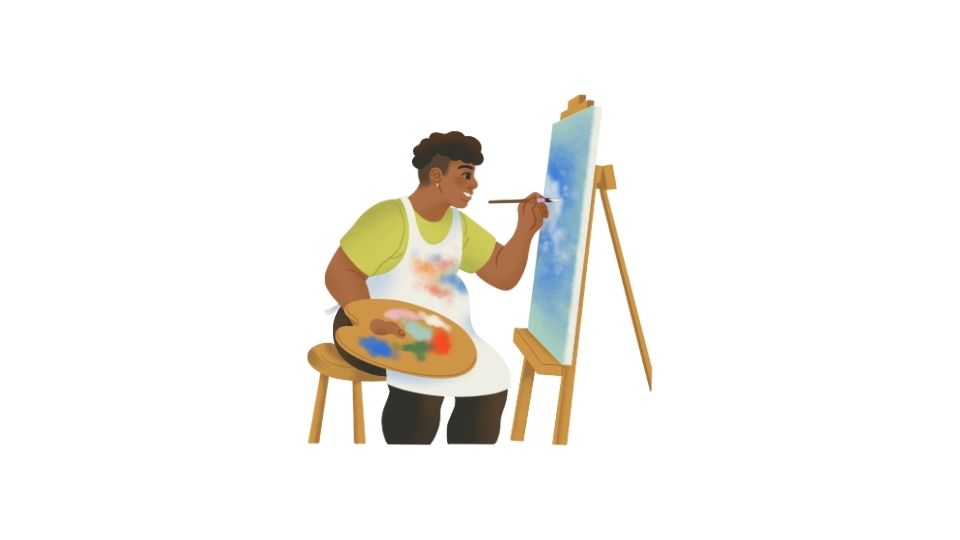
Color is probably the most obvious way artists make you stare at something.
Ever notice how a red apple stands out in a bowl of green ones? That’s because warm colors (reds, oranges, yellows) literally advance toward your eyeballs while cool colors recede.
Artists can:
- Place a bright object against a dull background
- Use complementary colors side-by-side (like orange next to blue) to create vibration
- Vary the saturation (intensity) to make one area pop
A study from the University of Berkeley found that color processing happens in the visual cortex before our brain even registers what we’re looking at. So yeah, color hits us FAST.
Size and Scale: Bigger = More Important
This one’s pretty straightforward.
If I want you to look at something in my painting, I’ll make it bigger than everything else. Our brains are wired to notice the largest thing in our field of vision first (probably some ancient survival mechanism).
Think about Michelangelo’s David – that dude is 17 feet tall for a reason. You’re gonna look at him.
Lines and Shapes: Your Eye’s GPS
Lines are like little arrows pointing where the artist wants your eyes to go.
Leading lines might be:
- The edge of a road disappearing into the distance
- A pointing finger
- The direction a person is looking
- The curve of a river
These all create what artists call “implied lines” – invisible paths that your eyes naturally follow.
Shapes work similarly. A circle surrounded by squares stands out. A triangle pointing to something directs your gaze there.
Value: The Light in the Darkness
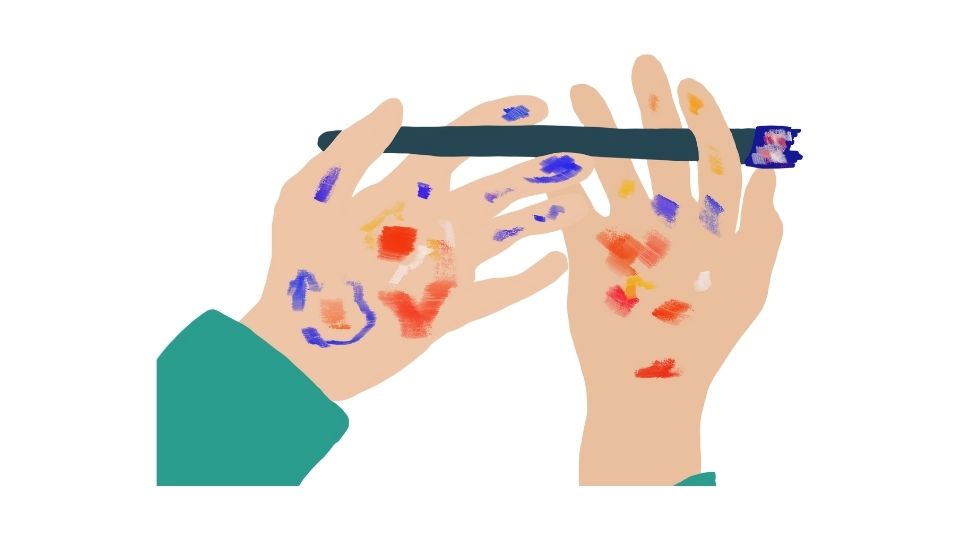
Value just means how light or dark something is. And boy, does it work for creating emphasis.
Think about Caravaggio’s dramatic paintings where a bright figure emerges from pitch-black backgrounds. Your eye can’t help but be drawn to the light areas.
The greater the contrast between light and dark (value contrast), the more your attention gets pulled to that spot.
Isolation: The Power of Being Alone
Ever seen a single tree in an empty field? It becomes an instant focal point because it’s isolated.
Artists use this trick all the time – separating one element from the group makes it stand out. Think about the Mona Lisa’s face against that blurry, distant landscape. Her isolation makes her the star of the show.
Detail and Focus: The Sharp Amid the Blur
This technique is everywhere in portrait photography – the face is in sharp focus while the background blurs away.
Artists create focal points by adding:
- More detail to important areas
- Sharper edges where they want you to look
- Texture that stands out from surroundings
Placement: Location, Location, Location
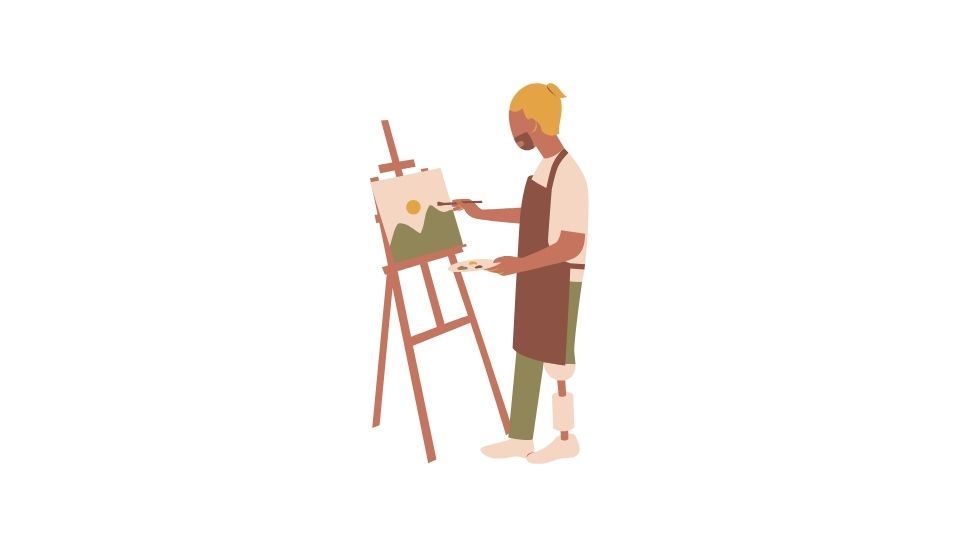
Where something sits in the composition matters hugely.
The rule of thirds (dividing the canvas into a 3×3 grid and placing important elements at the intersections) creates more interesting focal points than plopping something dead center.
Although central placement works too – just look at Leonardo da Vinci’s Last Supper where Jesus is smack in the middle, with perspective lines converging on him.
Putting It All Together
The real magic happens when artists combine these techniques.
For example, Vermeer’s “Girl with a Pearl Earring” uses:
- Color contrast (her blue turban against warm skin)
- Value (bright face against dark background)
- Detail (that glimmering earring)
- Placement (her face at the rule of thirds intersection)
No wonder our eyes zoom straight to that pearl!
Why This Matters
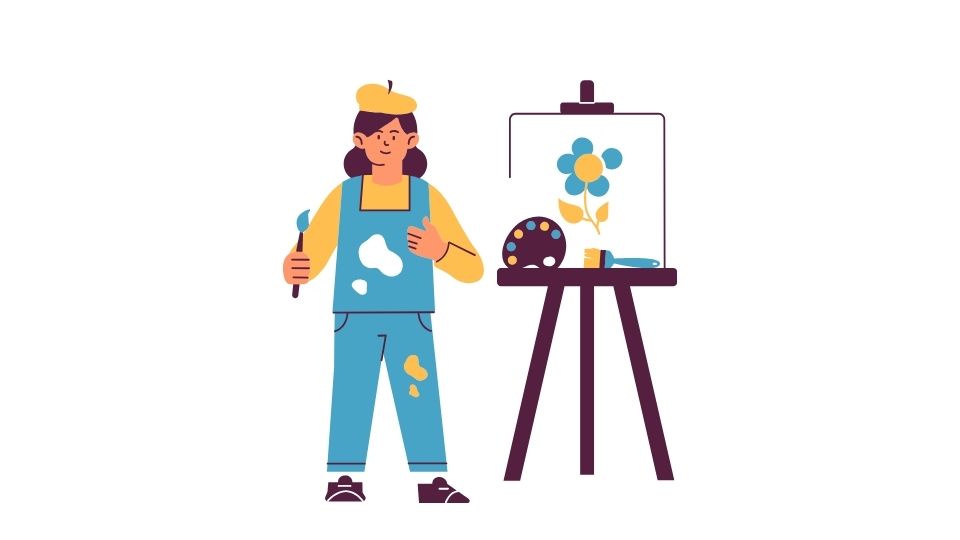
Understanding focal points isn’t just art-school theory – it affects how we experience everything visual.
Think about websites, advertisements, and product packaging. They all use these same principles to direct your attention exactly where they want it.
Next time you’re looking at any visual work, ask yourself: “Where do my eyes go first?” Then try to figure out which elements the artist manipulated to make that happen. It’s like having X-ray vision into the artist’s mind!
So there you have it – the not-so-secret secrets of how artists make you look where they want. Pretty sneaky, huh?

